Starting in March 2020, I began a large stream project to model a comprehensive, highly-detailed Caterpillar 434E backhoe. Please watch the first stream (first 3 minutes of abridged version at least) for an overview.
It's a straight-forward project of building a complex model over an extended period of time. The spin on the project is that I want your help to accomplish it! If I build some parts and you build some parts, we will finish this thing much quicker. Plus the contribution format will include reviews, the potential of having your piece(s) assimilated into the final model. Not to mention large quantities of XP are at stake 🤑
NOTE: This is an involved project reserved for Citizen members.

The general idea is that I kickoff stages of the project via live stream, which is typically once per month. For the time in between streams, you choose a piece of the backhoe and apply what you learned from the stream to that piece. For example, the first stream covered initial block out. So between stream 1 and stream 2, your job is to pick a piece and block it out.
This is the repeating protocol for each Assignment Period (between-streams):
I will reply to this thread after each stream with a [big] assignment post denoted by a 📣 emoji in the title. There I will clarify instructions about each Assignment Period.
We will centralize our collaborative communication between the streams and this thread. Ask any and all questions pertaining to the Backhoe project here.
@theluthier don't feel dumb!
Basically you have a hydraulic cylinder like this:
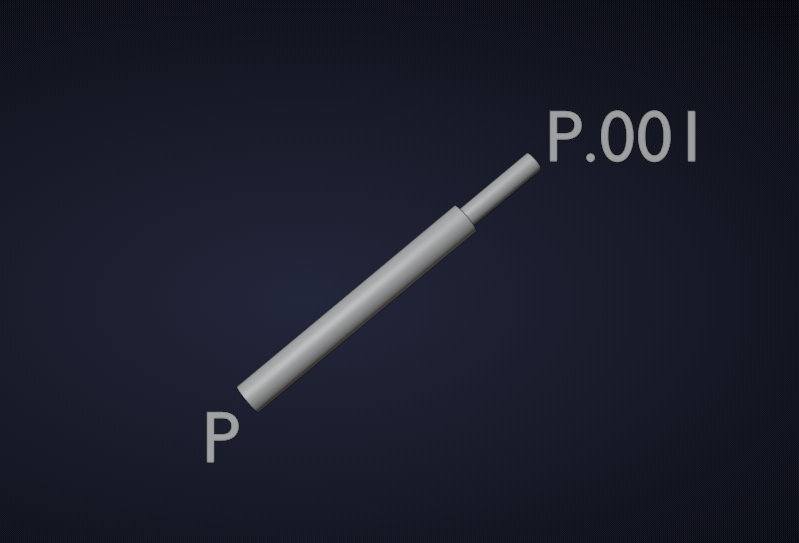
and you need to snap point P to a certain position as well as point P.001.
Try this without looking at my solution...
![]() spikeyxxx not only explained it well with one sentence but provided a clear picture! What a stud.
spikeyxxx not only explained it well with one sentence but provided a clear picture! What a stud.
@theluthier Let say that P and P.001 were not aligned in the first place and now your job it to align them. P must point at P.001 and yet P.001 must also Point at P. How to do that without a circular argument makes my head hurt haha.
If I need to move P around to re-position it Then I want P and P.001 to keep looking at each other.
This is what knowing this will solve for me:
Basically I have to line my assembly up with:
1 Align with Itself (I have lots of objects that pivot and join together on both ends within my loader arm assembly) AND
2 Align with the Loader Bucket on one end AND
3 Align with the Chassis on the other end.
If I modeled everything together I could completely control all of that but at this point I am depending on ppfbourassa's changes and the changes from @adrian2301 for the chassis. Currently I have #1 and #2 under control but I am having a hard time getting my entire assembly moving to align to #3 while maintaining that relationship to #1 and #2. It's been turning into a little of a nightmare haha. If ppfbourassa or @adrian2301 moves their pin holes because they needs more room then I need to be able to adjust my assembly accordingly to match them. My part is the middle man and should probably conform to the others![]() spikeyxxx is on point with perhaps bones/empties/contraints. I am not so much concerned about the animation as I am about keeping things lined up if there are any more changes.
spikeyxxx is on point with perhaps bones/empties/contraints. I am not so much concerned about the animation as I am about keeping things lined up if there are any more changes.
![]() jakeblended I was afraid other priorities had trumped your swing frame progress this assignment period! I'm glad that wasn't the case. You'd done an awesome job on your new and improved swing frame 👏
jakeblended I was afraid other priorities had trumped your swing frame progress this assignment period! I'm glad that wasn't the case. You'd done an awesome job on your new and improved swing frame 👏
I think [Kent] could perhaps give some good tips on how to charm one of these snakes in the stream.
![]() blanchsb I initially planned to cover hydraulic lines but other things have pushed it down the list. If time runs out tomorrow, definitely next stream 👍
blanchsb I initially planned to cover hydraulic lines but other things have pushed it down the list. If time runs out tomorrow, definitely next stream 👍
So....... I know a little about mechanics and engineering, I'm no expert but here goes:
The idea of the hydraulic piston is for Part A to be pushed and pulled in and out of Part B, In this example P.001 would be aligned with the chassis, but the rotation is free, meaning there is no force rotating P.001. The rotation of P.001 happens when the arm is lifted or lowered by a separate piston. If P is attached to the bucket, the push and pull of this piston is to rotate the bucket, so with the piston extended, or pushed, the teeth of the bucket would point towards the ground, and when retracted, or pulled, then the teeth would point towards the sky. 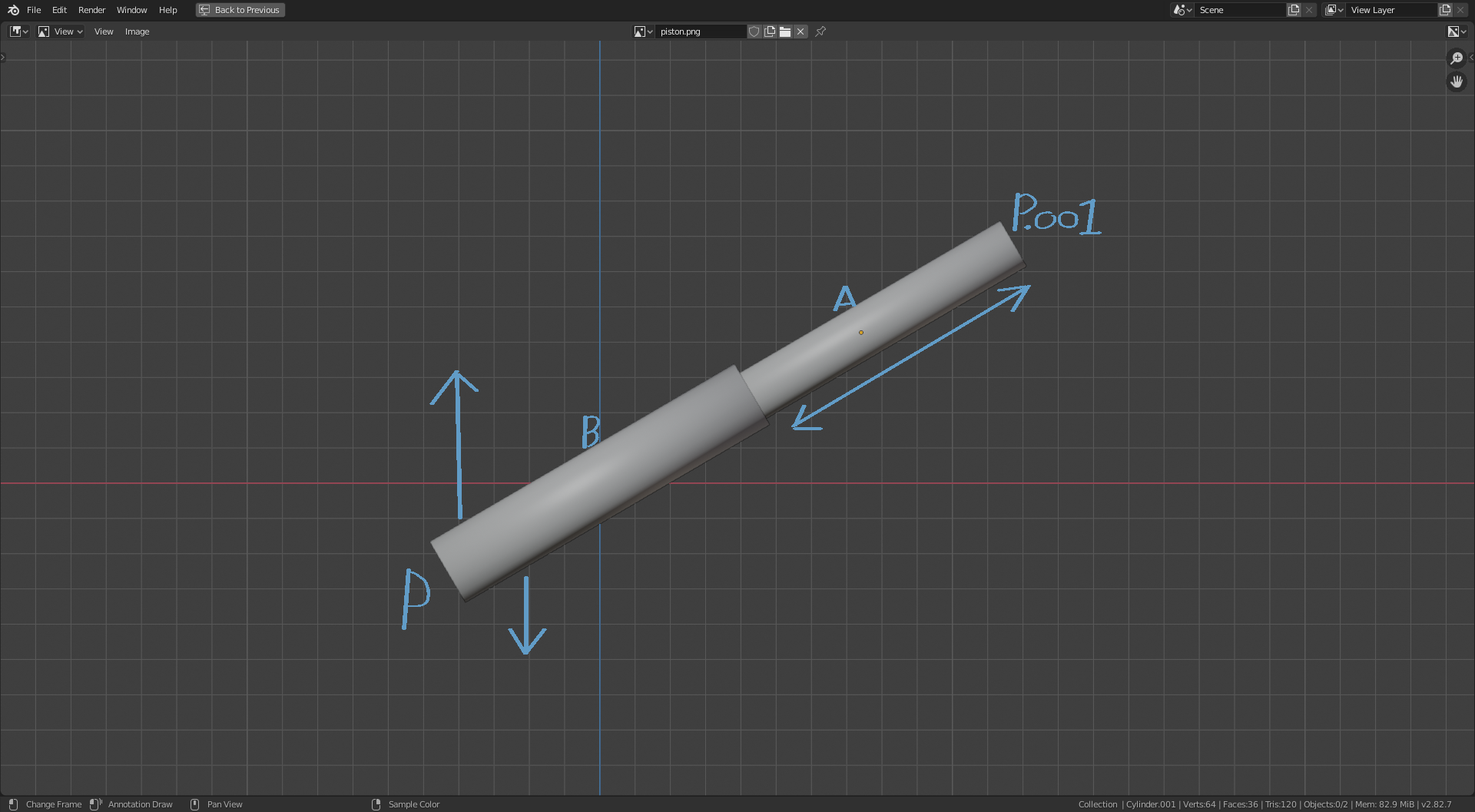
So this would suggest that P.001 would be constrained in location only, or aligned with the chassis, but free to rotate. The other point to consider is that parts A and B must always be aligned exactly on the same axis. The rotation of the bucket at P is dependent on the position of A in relation to B along this axis. So this piston controls rotation at P or more precisely the rotation of the bucket. The rotation at P.001 is controlled by the movement of other parts, or the lifting of the arm by another piston, But the location of P.001 in relation to the chassis will always stay the same. Part B would move along or over Part A.
So to do this in Blender:
I WOULDN'T HAVE A CLUE
OK ![]() ketre , The Fenders as they say in some parts, wheel arches in others, are not quite complete, as to say they need to be extended in the x direction in towards the cab so I would ignore them as a reference for now I was going to wait and use the cab as reference. But your right the cab has got an awkward shape, it probably is shaped around the fenders, but I wouldn't worry about trying to do that. I would suggest at the point where the angle changes just above the fenders, it should be more or less vertical or even angled inwards. See the blue lines I have added to this Image. It wont go any lower than this as that is approximate height of the chassis. but I would go with this for now.
ketre , The Fenders as they say in some parts, wheel arches in others, are not quite complete, as to say they need to be extended in the x direction in towards the cab so I would ignore them as a reference for now I was going to wait and use the cab as reference. But your right the cab has got an awkward shape, it probably is shaped around the fenders, but I wouldn't worry about trying to do that. I would suggest at the point where the angle changes just above the fenders, it should be more or less vertical or even angled inwards. See the blue lines I have added to this Image. It wont go any lower than this as that is approximate height of the chassis. but I would go with this for now.
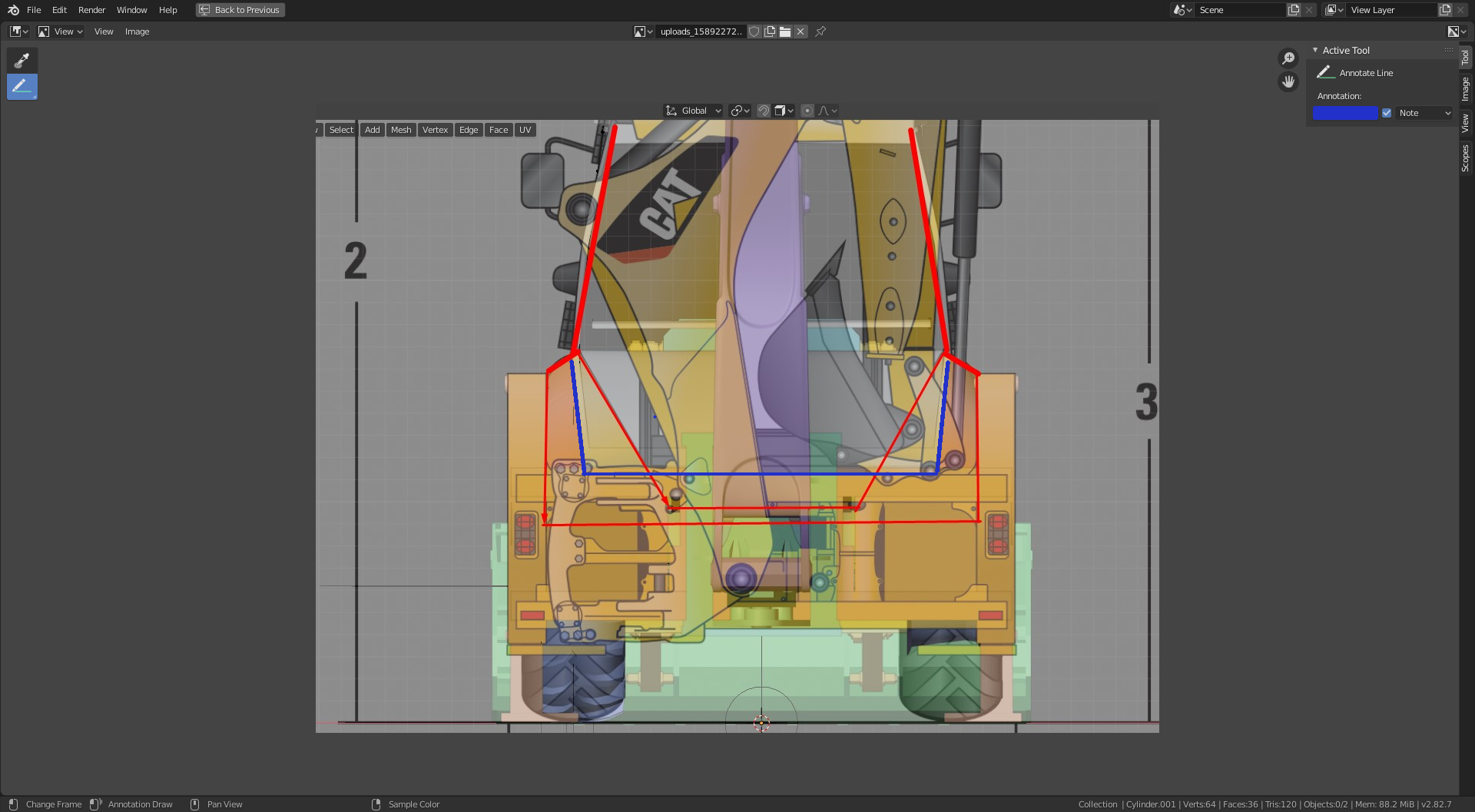
@adrian2301 all right, here we go - I've got the "clamps" on the back of the slide frame, and adjusted the cylinders for the correct clearance:
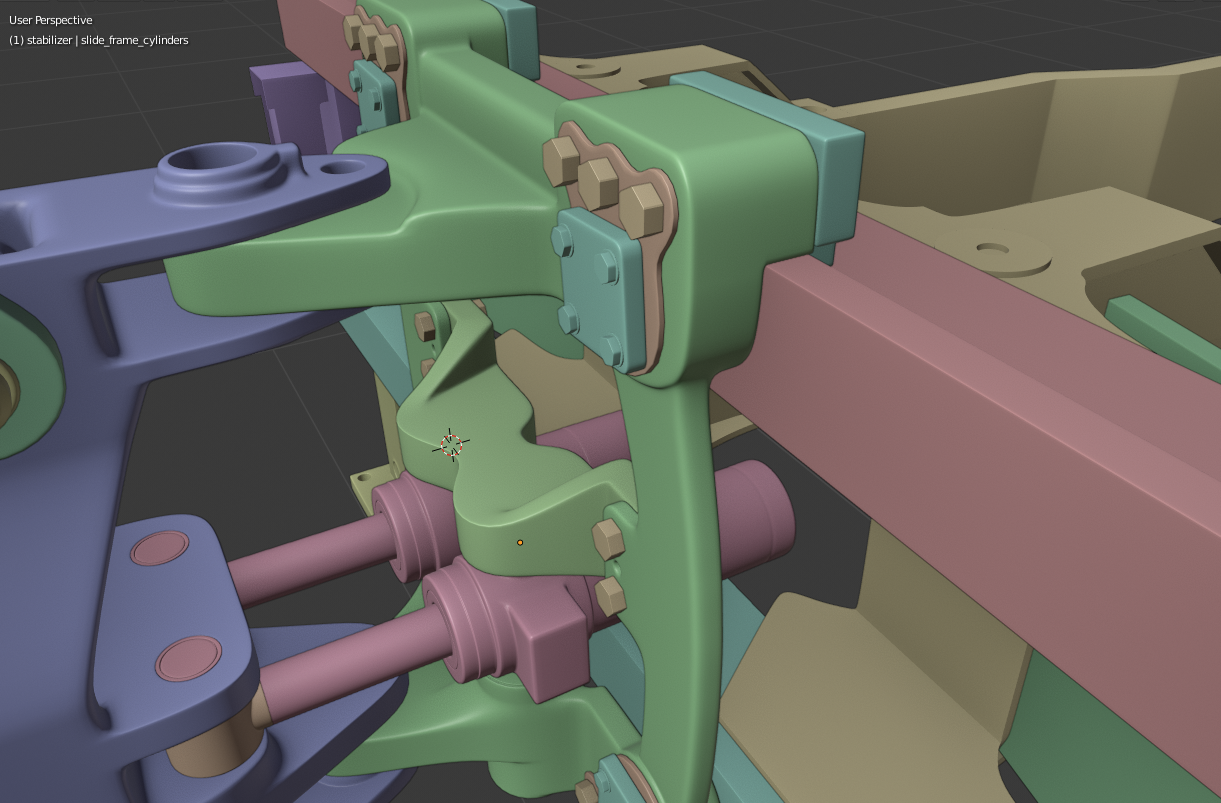
Here is my updated file - but, I already submitted my previous file to Kent on Saturday, so these corrections probably won't make it into the stream unless Kent grabs them at the last moment, ha!
![]() ketre you know what I bet would REALLY help you with that - and help a bunch of other people's components too - is a decent top-down plan view of the whole backhoe, but for the life of me I just can't find one - not even on that website with all the part diagrams. It's super-frustrating!
ketre you know what I bet would REALLY help you with that - and help a bunch of other people's components too - is a decent top-down plan view of the whole backhoe, but for the life of me I just can't find one - not even on that website with all the part diagrams. It's super-frustrating!
I figured it out ![]() spikeyxxx @adrian2301 @theluthier . Thanks to Spikey for the clear explanation. I mainly want this as a part of my assembly to assist me in moving my parts so that I mate up to the Chassis and Loader Bucket and also maintain my assembly's relationships for each part to one another. This will help me roll with the design punches if anyone needs to move any pivot points. Maybe I do want Wayne's input as well since I am 1/64th Aussie. @waylow feel free to tear my thought process apart.
spikeyxxx @adrian2301 @theluthier . Thanks to Spikey for the clear explanation. I mainly want this as a part of my assembly to assist me in moving my parts so that I mate up to the Chassis and Loader Bucket and also maintain my assembly's relationships for each part to one another. This will help me roll with the design punches if anyone needs to move any pivot points. Maybe I do want Wayne's input as well since I am 1/64th Aussie. @waylow feel free to tear my thought process apart.
Enjoy the video and give feedback (best watched at 1080p). My voice is extremely alluring and should keep you awake for maybe 30 seconds of the 2 minutes, haha.
HI Shawn,
Sorry if any of this is off the mark - I haven't read the full thread so I'm a little confused as to what's going on haha.
But I have flagged it with Kent that I think we need to rig this project when it's done ;)
You are on the right track (pun not intended) but you can keep everything inside the 1 armature rather than using an armature and 2 empties.
Swap your empties for bones and then parent them in the same way (rather than copy loc constraints). Everything else will be the same - except you will probably need to avoid parenting one control to the other (as you are likely to get a dependency cycle - but I will have to take a closer look at things to be sure, I'm just thinking out loud at the moment). If you do get a dependency cycle you can then unparent and use the copy loc.
Keeping all the controls inside the 1 armature will make it useable for animation ;)
As for the stretching part - I'm not exactly sure how it needs to work but try the stretch to constraint and turn off the volume preservation so it stretches the geo along the length of the bone. (otherwise you will get cartoony S&S)
The stretch to is very similar to the damped track but it also stretches.
Sorry if any of this is off the mark - I haven't read the full thread so I'm a little confused as to what's going on haha.
But I have flagged it with Kent that I think we need to rig this project when it's done ;)
YESSS
Ladies and gents, the game is afoot.
Or...it shall be eventually. One thing at a time I suppose. :D
![]() jakeblended looks like a perfect fit. My changes to the height of the rails are not included in my submission either, I think it may be a bit late now to be included. But at least we are making progress, I'm sure @theluthier will be aware of the progress being made by everyone.
jakeblended looks like a perfect fit. My changes to the height of the rails are not included in my submission either, I think it may be a bit late now to be included. But at least we are making progress, I'm sure @theluthier will be aware of the progress being made by everyone.
![]() ketre found an image that may help with the cab as far as height in relation to the fenders.
ketre found an image that may help with the cab as far as height in relation to the fenders.
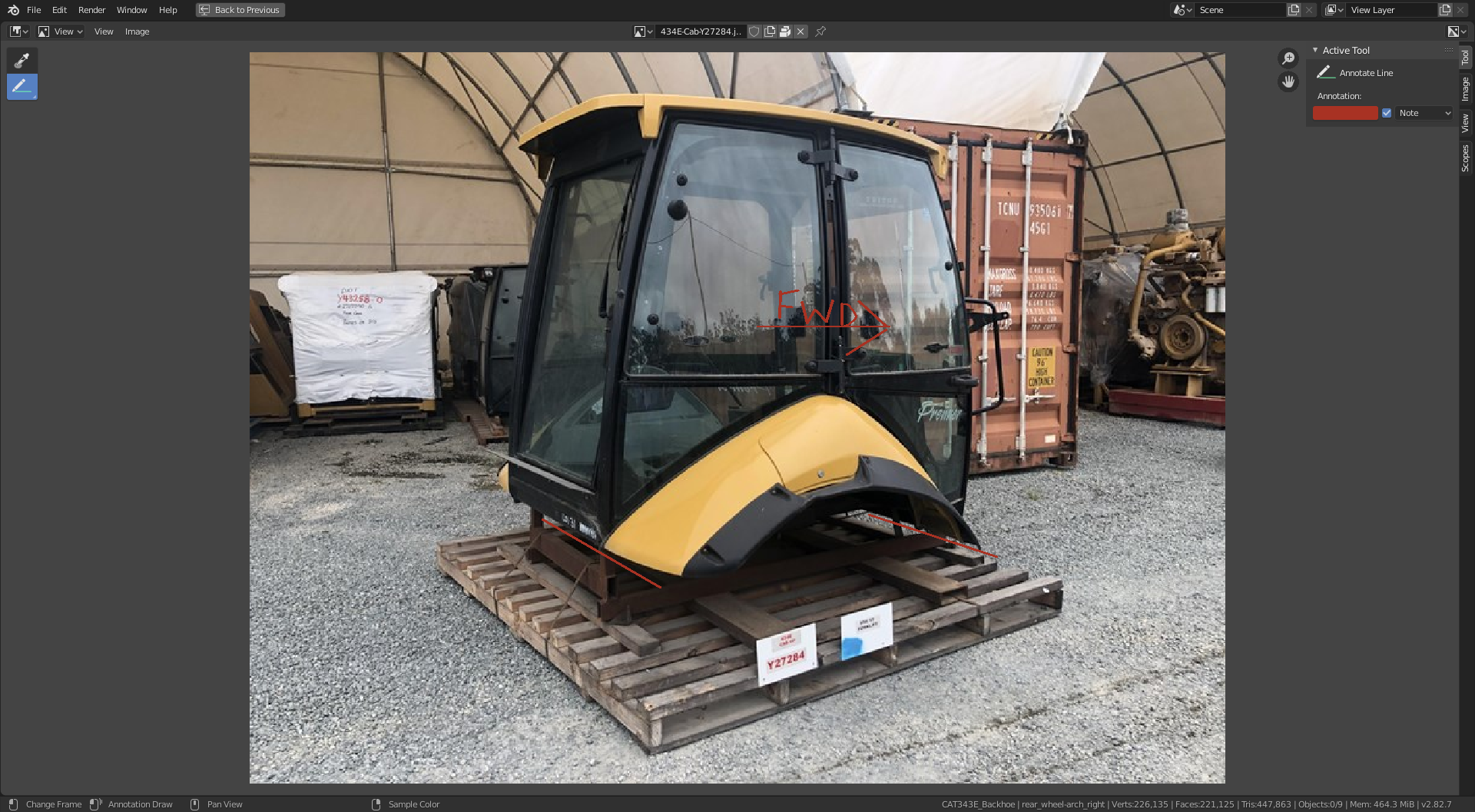
As you can see the base of the cab lines up with the bottom of the fenders. The front edge of the fender is lower than the rear as you would be able to see from my model of the fenders, this weeks submission will be part of the next updated file and will probably help you more. As far as we can tell from this image the Cab is the same length as the fenders, maybe slightly bigger at the front, but I think the Cab curves in a bit at the bottom. The metal frame at the bottom is probably custom made for transportation of this part and not actually part of the cab.
Here's the LINK to the site where I found this image, maybe useful for other parts, but I haven't searched the site so may not find anything of use.
There actually based in AUS, so if @waylow is not to busy and wants to join our project, a tape measure could be useful.
Just an Idea, but maybe Dixy can give a lesson on rigging and animating this DOG at a later stage, as it has been mentioned previously with the pistons, with constraints and bones and empties and rigs and rotation and everything else. I'm confident in @theluthier skills, but @waylow knows his stuff when it comes to animating. I have been on the Animation Bootcamp course recently, and I have learnt a great deal from Dixy, and realise how hard animating is. Bootcamp is probably an understatement, but it is a fantastic course.
I for one am really into this collaboration project and think we can take it further and have a whole fleet of construction toys all rigged and animated, is it showing that I don't want it to end. ha ha.
So was that you in the video ![]() blanchsb , haha
blanchsb , haha
Perfect, I would presume the empties could be parented to the part it is attached to.
3 Align with the Chassis on the other end.
the changes from @adrian2301 for the chassis.
I have worked hard on trying to work with everyone's parts to get the chassis to a point now where I don't anticipate having to make any more changes to the chassis, apart from maybe detailing, but the position of the key points such as where the loader arm attaches the chassis, I'm confident won't change.
I'm still a bit confused on the part you talk about stretching.
I've borrowed your image, I'll give it back I promise,
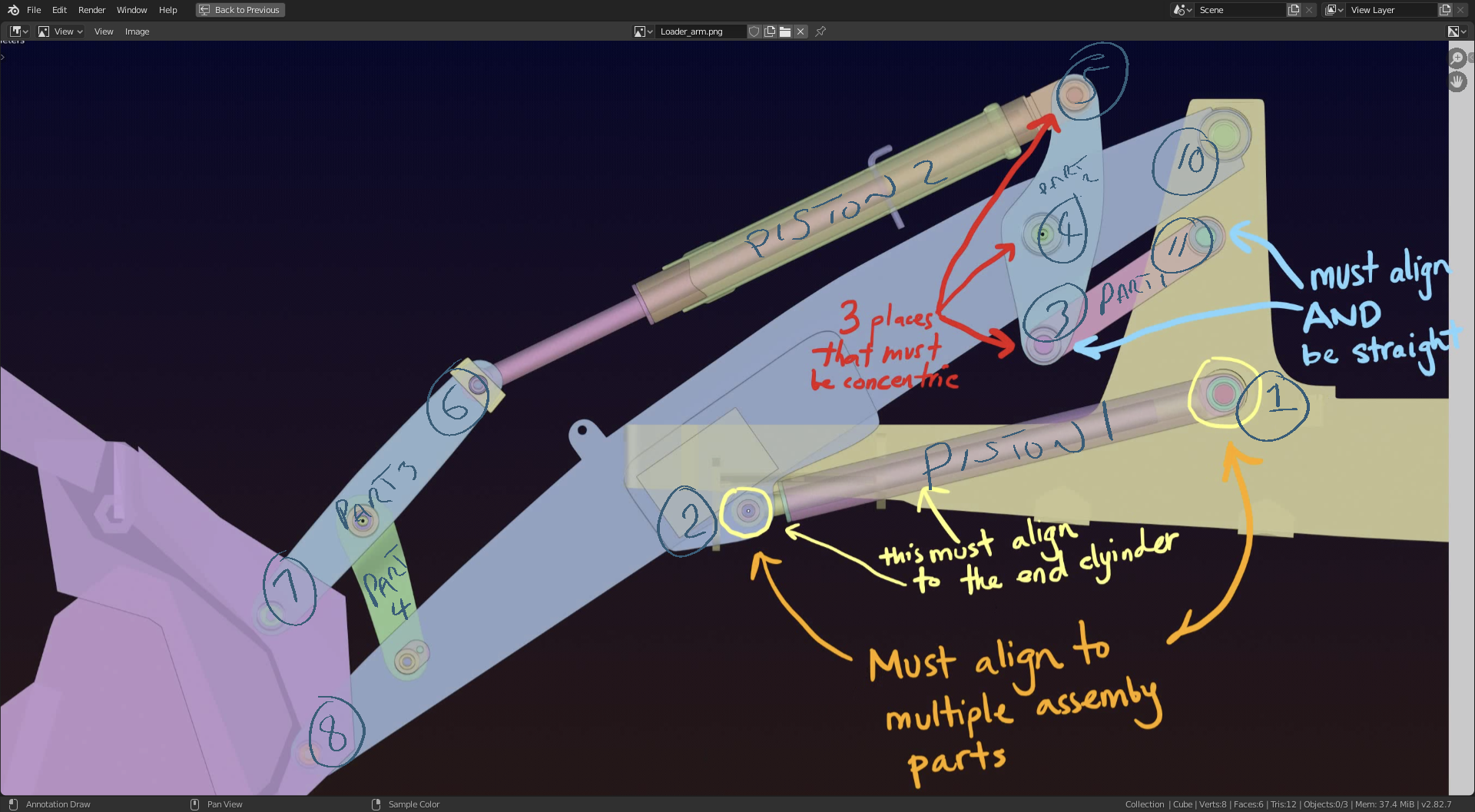
Ok Consider Piston 1 is your example in the video, point 1 is attached to the chassis and location is fixed but rotation is free. Also point 2 has a fixed location in relation to the main arm. So if the empties in your example video were to be parented to the chassis and arm respectively, when lifting the main arm, which is fixed at point 10 to the chassis, piston 1 would extend and rotate at point 1 and 2, perfect so far in you video. Piston 2 has fixed LOC at Point 5 and 6 in respect to part 2 and 3. Piston 2 when extended pushes part 3 which then rotates the bucket at the pivot point 8. Part 4 is there to stop it just flopping around.Part 1 and 2 are there to stop piston 2 moving in the wrong direction. So imagine the main arm raising up at the bucket end and pivoted at point 10, Part 1,2,3 and 4 will all move as they are all connected. All the pivot points from 1 to 11 will be rotating at different degrees and directions, while the main arm is raising but will always be constrained on the location to the respective part. Point 1 to the chassis, Point 2 to the main arm etc. etc. Where the piston is free to extend as in your example video, the only consideration going forward would be a limit to how far it extends and retracts. This I would suggest be controlled by limiting the rotation of point 10 for piston 1 and point 8 for piston 2. I'm going to stop there as I'm beginning to confuse myself.
But I'm not sure where stretching will be necessary.
Indeed I'm regularly reading through this thread. As well as I can...I know I'm not the only one getting confused in here lol 😅
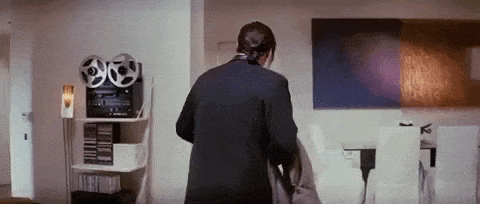
The cab seems to be a particularly tricky piece of the backhoe. If there's time today I'd like to work on the cab during the stream.
Just an Idea, but maybe Dixy can give a lesson on rigging and animating this DOG at a later stage
He's already told me he wants to rig it when we're done!
Yeah the cab is a bit like the chassis, you can't see where it begins and ends, But hopefully the image above helps.
Excellent that Dixy, @waylow , want's to rig it. Do you think he might want to be apart of a live stream or just upload a course? The reason I ask is I'm learning more about animation and rigging but most of the courses are from previous versions of Blender, pre 2.8, so it can be quiet hard to learn such a complex and difficult subject.
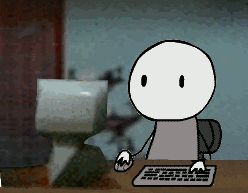 @adrian2301 the collaboratoon is awesome and so much fun @theluthier thank you, Ive been tearing my hair out over the cab...
@adrian2301 the collaboratoon is awesome and so much fun @theluthier thank you, Ive been tearing my hair out over the cab...
Oh wow, all your parts look so great, I feel my step and battery box are so lame now . I go away for a moment and there's just too much to read, so I'll just imagine it all goes "I present my piece!, wow, very nice, any advice? yes! maybe like this!, thanks! you all rock!.... and I'm done, good job everyone.
The stretching is only necessary because my parts' pivot points at the Chassis connection are not "perfectly" going into the holes that are there. They are slightly off when you zoom in (circles 1, 10, 11) I would only need to stretch "Part 1" and "Part 2" to get them to line up.
"Piston 1" is a piston so I can move it and the outer and inner will slide just fine since they are two parts. "Part 1" and "Part 2" are single parts and currently will probably not line up exactly on both locations (loader bucket connection and chassis connections). So I would have to go into object mode and rotate to "eye-ball" hopefully something close, then go into edit mode and stretch the edges, then go back into object mode and rotate again, and rinse and repeat. Then do the same for the next part. Have the objects point at each other is really what I needed to be honest.
I am trying to think outside the "we'll just edit the meshes until they conform to the change and remodel if necessary" box. If this were a production pipeline and let's say you did need to move 3 inches back, how would I roll with those new changes? Constraints seems to help A LOT to overcome this hurdle.
Yeah that was my sultry voice @adrian2301 I was not trying to imply that you were making drastic changes or being careless. The chassis is looking awesome. I just didn't have a chassis to "line up with" when I first made the loader arm assembly. So now that I have put a lot of work into it and want to "mate them up" AND not deform my straight parts and the Engineer-in-me wants it to line up exactly haha.
With the Copy Location AND Damped Track Constraint I can totally line up my straight parts and manually stretch them along their local axis in edit mode until they go where they need to go. That constraint workflow completely makes my life A LOT easier.